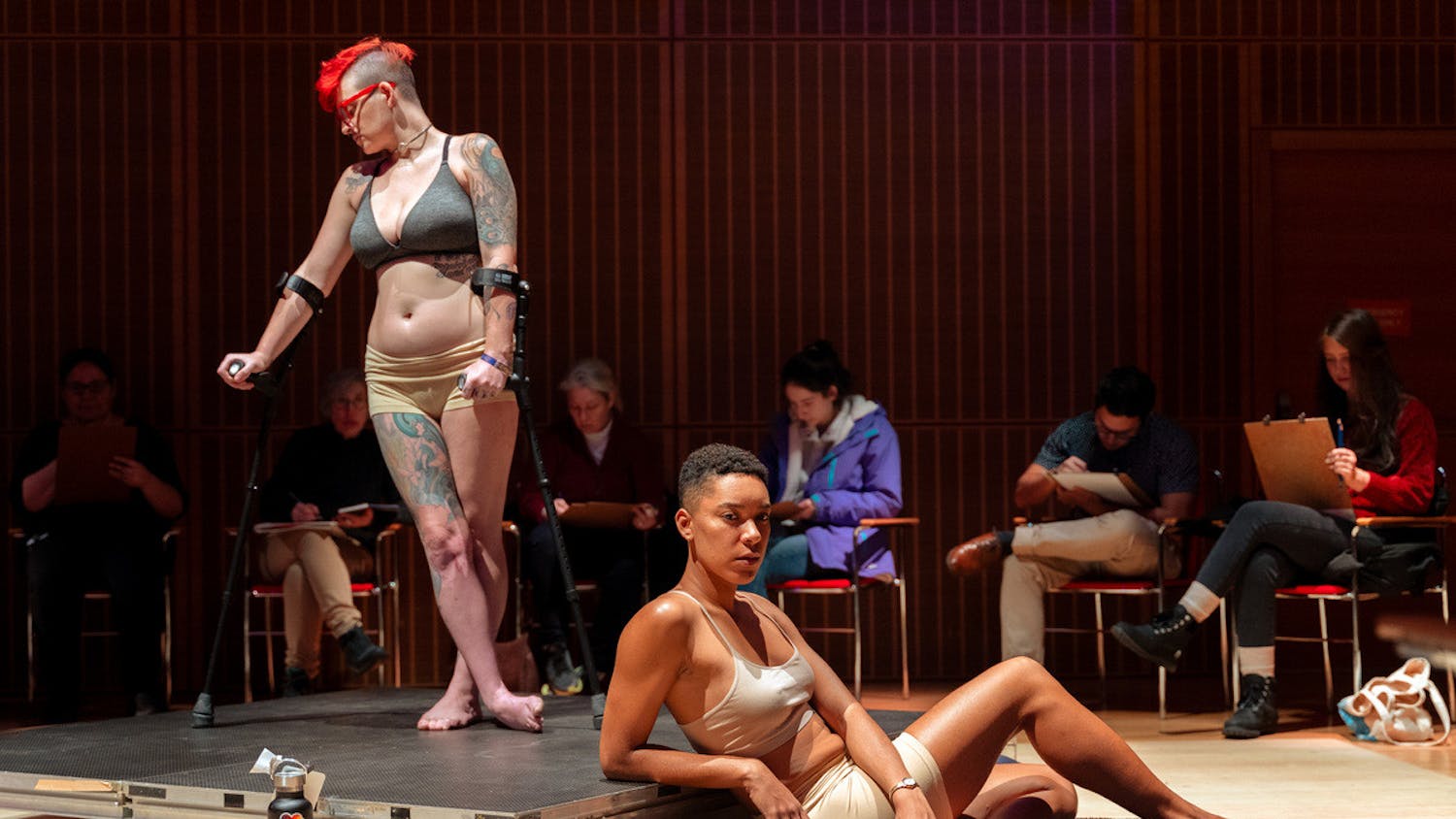Last year, I overheard a conversation between two men at the gym. “Yeah, if I didn’t have class I’d lift for two hours in the morning, do cardio at lunch and then do two hours of core at night.” I turned around, curious to see what kind of person would ever want to do that. What I saw didn’t seem to be a person at all, so much as a rippling ball of hypervascularized muscle. His arms were so huge that they hung limply like a T. rex’s, and his legs seemed to buckle under his frame. If I didn’t have my glasses on, I probably would have mistaken him for The Thing.
Guys like this are becoming an ever-increasing phenomenon, both on campus and in the rest of the country. Workout freaks have always existed, but what I find disturbing is that they now take the form of regular people.
Don’t get me wrong, I’m all for staying fit, but I refuse to believe that transforming your body into one giant bicep is in any way healthy. That’s just male body-obsession masquerading as fitness. At its worst, body-obsession drives guys to abuse anabolic steroids. I once thought the only people who did that were athletes, but a survey published in 2006 by the U.S. National Library of Medicine found 78.4% of steroid users were non-athletes; I can only imagine that figure has grown since.
However, a much subtler version of this obsession seems to possess increasing numbers of guys. Friends of mine who I once considered rational people are now downing heaps of protein supplements, posting mirror selfies and constantly talking about “reps.” While not as physically taxing as steroid abuse, it’s a clear indication of body-image problems that plague men in our generation.
Body-image problems certainly aren’t news for women; cosmetic surgery and eating disorders have long comprised the pressure women feel to conform to an increasingly ridiculous set of physical standards. While female body-image problems are still an issue, they have at least been acknowledged for what they are: psychological feelings of body inadequacy. What’s troubling about male body-image problems is that they often come disguised as health and fitness goals, when in reality they stem from similar feelings of inadequacy.
I believe these problems are symptoms of the greater vanity and self-esteem issues our whole generation seems to struggle with, and I’ll be the first to admit I’ve fallen victim to them too. I’ve had months where I lived off nothing but salad and done hundreds of crunches. I still count calories with a manic intensity I’m not proud of. In an era where likes on Instagram function as validating currency, we are trained to constantly assess our physical appearance, how much fun we seem to be having and how we measure up to peers. It’s a strange cocktail of narcissism and self-loathing facilitated by modern communication, and neither sex is immune.
Namwan Leavell is a UF economics junior. His column appears on Fridays.
[A version of this story ran on page 6 on 2/6/2015 under the headline “The growing problem of male body image"]





